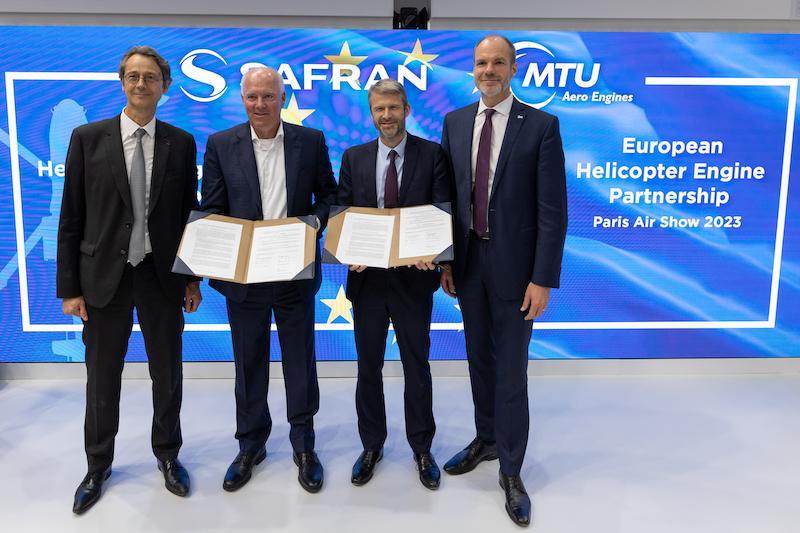
Credit: MTU Aero Engines
LE BOURGET—Safran and MTU will form a 50-50 joint venture (JV) to develop an engine for a next-generation European military transport helicopter, the companies revealed June 20. Working under the European Defense Fund-supported EU Next-Generation Rotorcraft Technologies (ENGRT) project, the...
Subscription Required
This content requires a subscription to one of the Aviation Week Intelligence Network (AWIN) bundles.
Schedule a demo today to find out how you can access this content and similar content related to your area of the global aviation industry.
Already an AWIN subscriber? Login
Did you know? Aviation Week has won top honors multiple times in the Jesse H. Neal National Business Journalism Awards, the business-to-business media equivalent of the Pulitzer Prizes.
